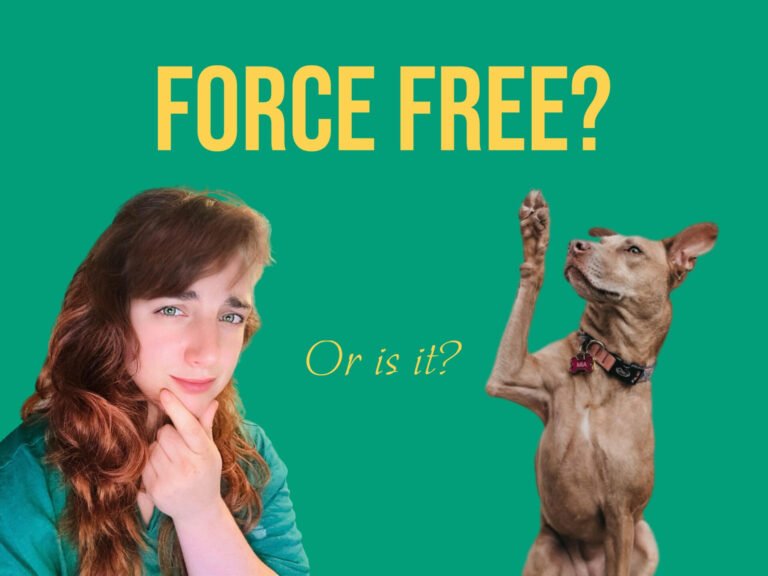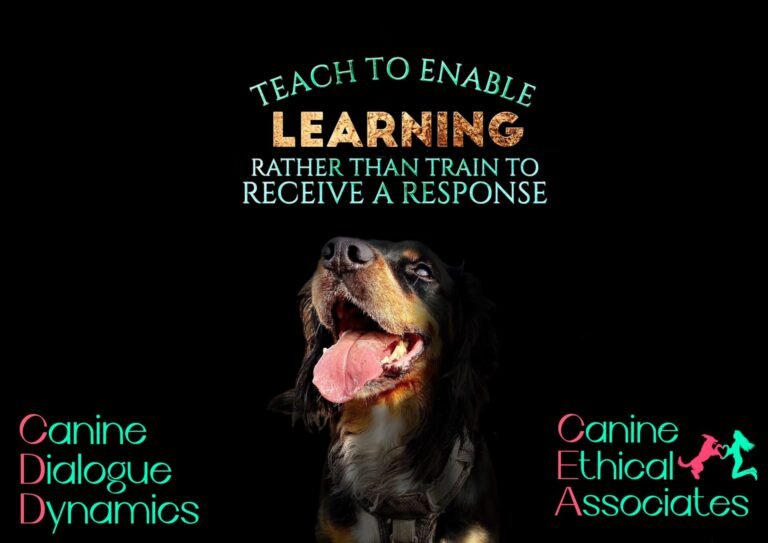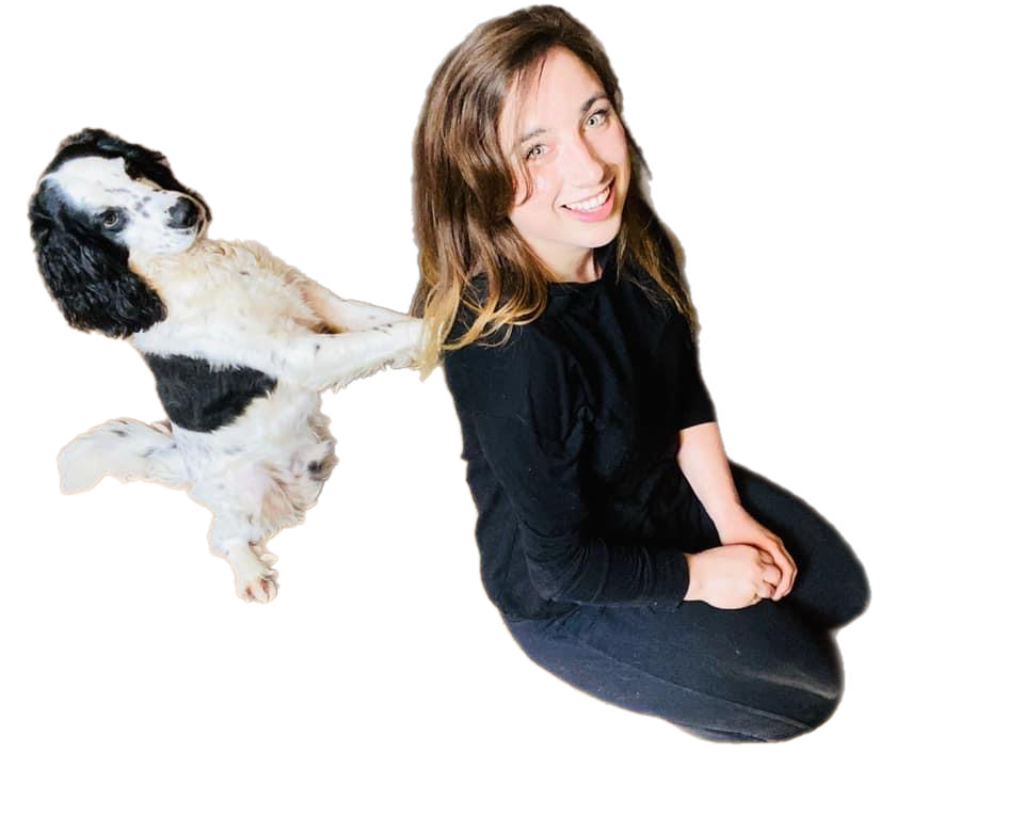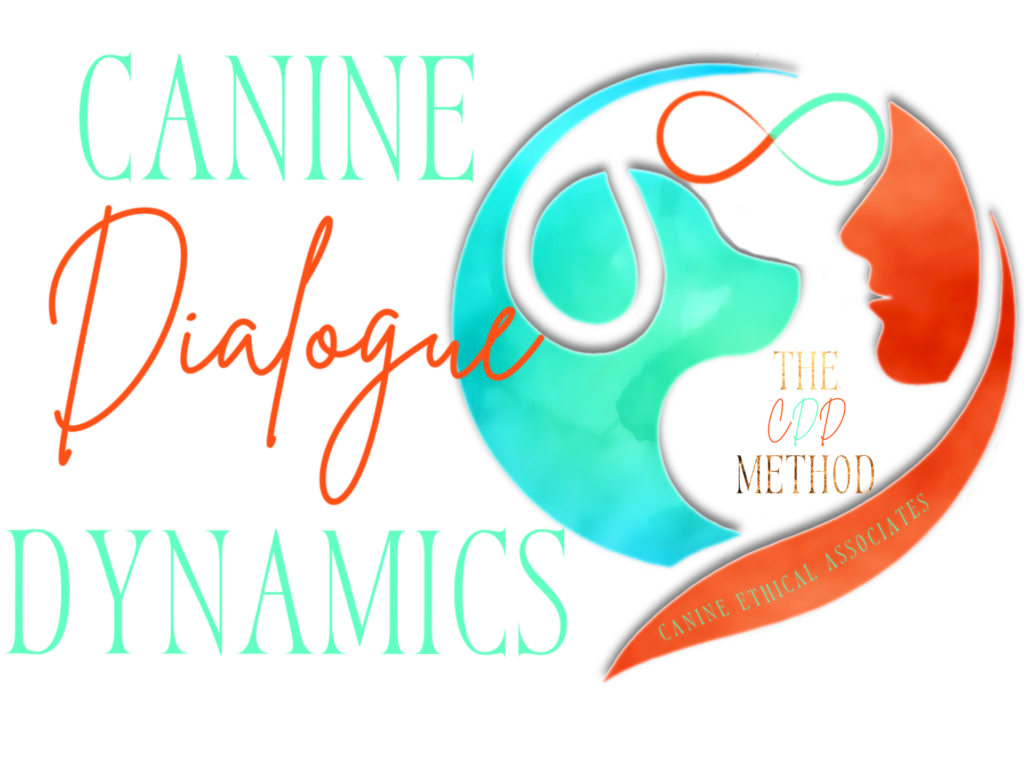Unlocking Canine Conversations: An Introduction to Canine Dialogue Dynamics (CDD)
Imagine having a heart-to-heart with your dog. No, I’m not talking about those one-sided monologues we’ve all had where we spill our day’s troubles while our dogs look on, heads tilted. I’m referring to a two-way dialogue, where your dog feels understood, and you gain insights into their world. This might sound like something from a Disney movie, but with Canine Dialogue Dynamics (CDD), this dream edges closer to reality.
What is Canine Dialogue Dynamics (CDD)?
At its core, CDD is about building a bridge of understanding between dogs and their humans. It’s not just training; it’s teaching. It’s a system where we shift from telling our dogs what to do, to asking them how they feel, understanding their responses, and guiding them towards positive choices.
The beautiful thing about CDD is that it recognises the depths of our dogs’ cognitive abilities. Dogs aren’t just reactive beings; they’re thinkers, feelers, and individuals with unique personalities. They deserve more than commands; they deserve conversations.
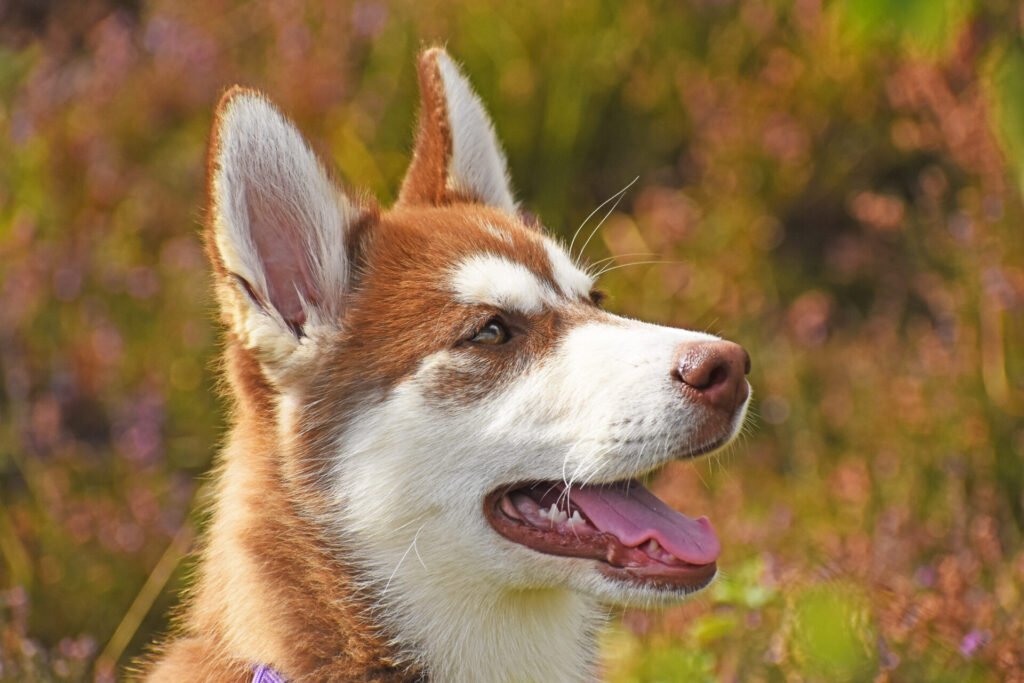
The Principles of CDD
- Force-Free Ethical Approach: At the foundation of CDD is a commitment to never using force or intimidation. It’s about respect and understanding.
- Recognising Individuality: Each dog is an individual. CDD champions this idea and works to tailor conversations to each dog’s unique temperament, experiences, and preferences
- Going Beyond Commands: Instead of just teaching sit, stay, or heel, CDD delves deeper. It’s about asking questions like, “Would you like to walk in the park or go into the woods?”, “Lets walk a little slower?”, or “Can you stay closer to me please? it’s too narrow here”. Etc
How Does CDD Work?
CDD is an evolving method, combining the latest in canine cognitive science with practical, real-world application. It involves:
- Observation: Watching our dogs without interruption, getting to understand their body language, their triggers, and their joys.
- Engagement: Engaging in activities that promote two-way communication, such as play, exploration, and even downtime.
- Reflection: After observing and engaging, it’s time to reflect on what our dogs are trying to communicate and how we can best respond.
- Guided Actions: Using the insights gained, we guide our dogs towards positive actions. Instead of telling them off for barking, we understand the cause of the bark and address that root issue.
- Continuous Learning: The dialogue never stops. As with any relationship, the conversation with our dogs evolves as we both grow and learn.
Is CDD Right for You and Your Dog?
If you’ve ever felt that there’s more to your dog than meets the eye, if you’ve ever wished for a deeper connection or if you’ve ever believed that mutual respect forms the foundation of the best relationships, then CDD is for you. It might sound revolutionary, but it’s attainable. With patience, dedication, and the right guidance, you can transition from a dog owner to a dog conversationalist.
Conclusion
Canine Dialogue Dynamics is not just a method; it’s a movement. A movement towards understanding, respect, and true companionship. So, the next time you look into your dog’s eyes, remember there’s a conversation waiting to happen. And with CDD, you’ll be ready to engage in that enlightening and transformative dialogue. Join us on this journey and redefine what it means to be in tune with your canine companion.
To find out more, follow the links below. Thanks for reading.
- About us
- Behavioural Programmes Online
- Canine Life Journey – In-Person Help
- Canine Life Journey Online Programmes
- CDD Behavioural Guide
- Courses
- Discovery Programme
- Discovery Programme – Online
- Dog Behaviour Support & Emotional Guidance
- Embark Programme
- Embark Programme – Online
- Home
- In-Person LifeSkills & Behaviour
- Online Programmes
- Our Blog
- Programmes
- Rewriting the Rules: The CDD Mentorship
- Sign up for our latest offers and courses
- Synergy Programme
- Synergy Programme – Online
- The CDD Method
- Transformative Programme
- Transformative Programme – Online



